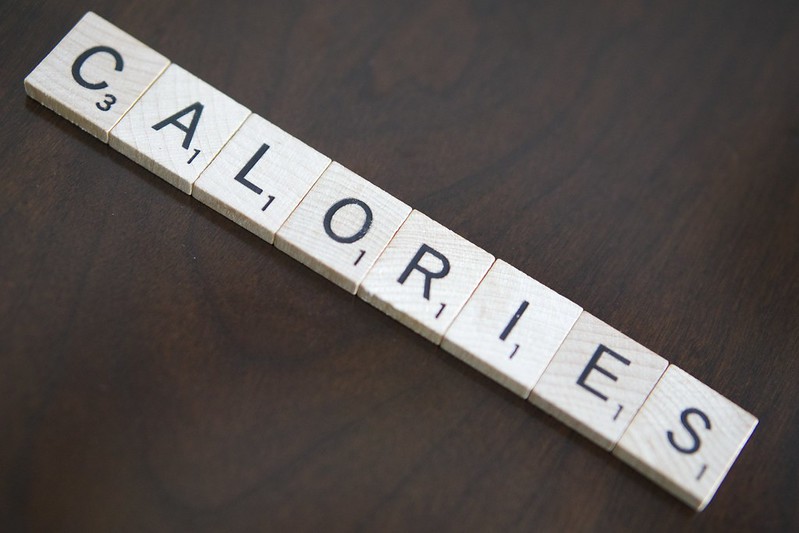This was a bonus episode of Cool Weird Awesome for the people who make the show possible! It was exclusive to them until January 1, 2023.
This is a time when we look back at the last 12 months and what we might want to change in the coming year.
One of the classic changes people try to make at this time of year, for better or for worse, is trying to cut calories.
But what are calories, exactly, and where did the measurement come from?
Well, originally not from the world of nutrition.
The original definition of a a calorie dates back to 1825.
One calorie is the amount of heat it would take to increase the temperature of a kilogram of water from 0 to 1 degree Celsius.
Originally people used calories to measure the energy from explosives and combustion engines.
But in the 1880s and 90s, calories took on a different job.
Wilbur O. Atwater, a professor at Wesleyan University, had been analyzing different foods and their effects on nutrition and metabolism.
He did this by putting a graduate student into a sealed chamber that could measure calories, and then tracked the energy effects of specific amounts of food, drink and exercise.
This was a time when people were trying to make the world more efficient by measuring stuff, and the calorie became a big deal.
Say you’re in charge of buying food for the military: you can save money and time by finding out how many calories each servicemember needs and then giving them just that many.
The catch, of course, is that there’s a lot more to nutrition than the number of calories in a food or a drink.
Focusing on calories emphasizes meats, grains and dairy products, while nutrient-rich fruits and vegetables don’t count hardly at all.
Today our understanding of how what we eat and drink affects our health has gotten more sophisticated.
But the idea that we can put a value on those foods and drinks and then take in the right amount, sort of like filling up a tank?
That hasn’t gone anywhere. .
At least not by looking at all the calorie tracking apps you can get for your smartphone now.
Here’s a new year’s tradition that’s perfect for our show.
For over half a century the community of Hustisford, Wisconsin, has celebrated January 1 with a toilet bowl parade.
There’s food, there’s music, there’s a tug-of-war, and most importantly, there’s a parade.
And the tradition is that people throw rolls of toilet paper at the parade.
A Brief History of the Calorie (JSTOR)
New Year’s tradition: Hustisford hosts annual ‘Toilet Bowl Parade and Winter Fest’ (FOX 6)

